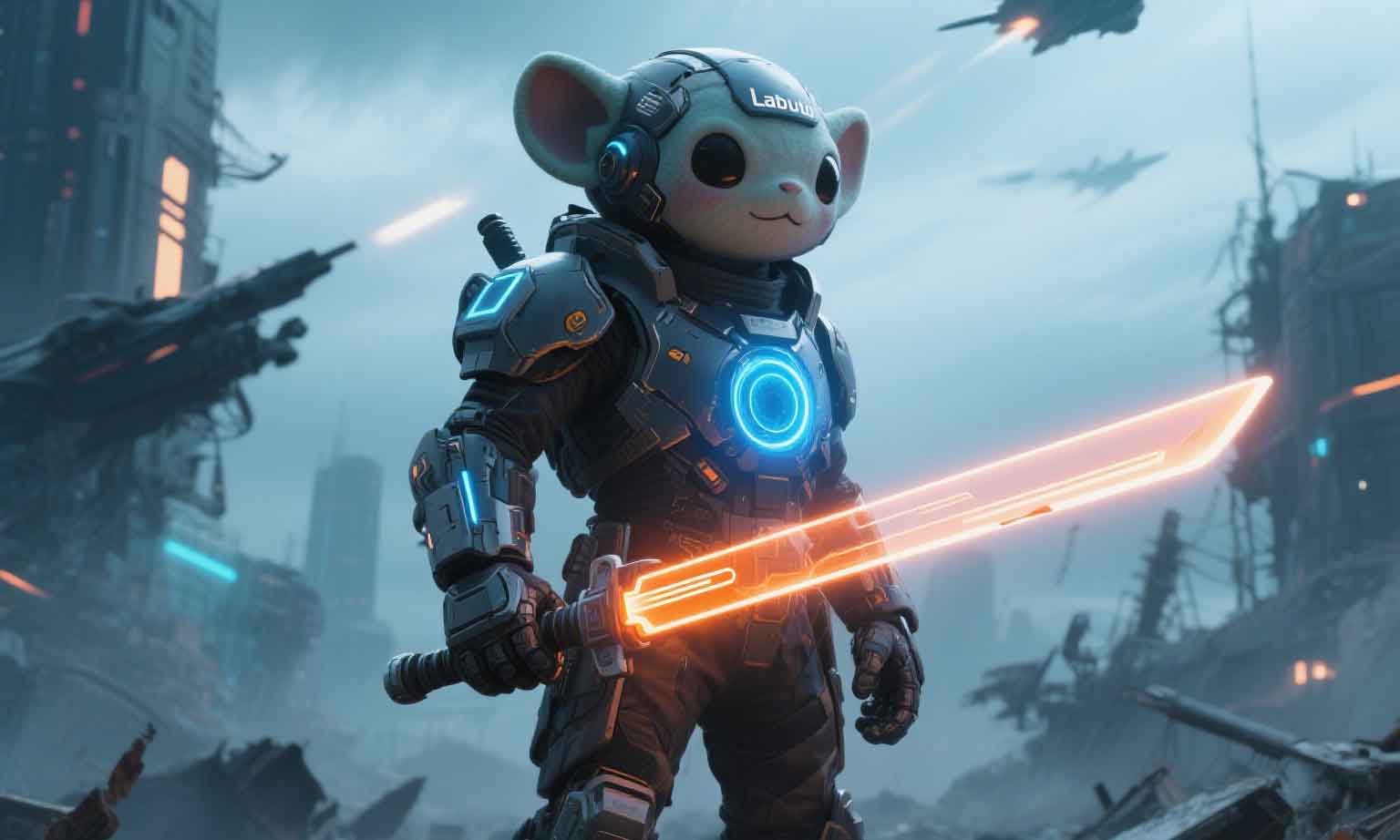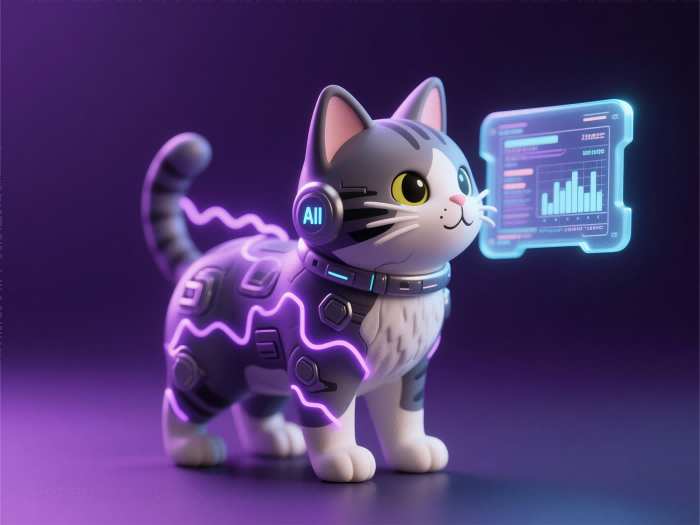AI Toys: Revolutionizing the Playground
Linlin 2025-06-12
In an era where technology permeates every aspect of life, Artificial Intelligence (AI) has found its way into the world of toys, sparking a revolution in the industry. AI toys are not just playthings; they represent a convergence of entertainment, education, and technological innovation, reshaping market dynamics, meeting diverse customer needs, and holding great promise for the future.
In an era where technology permeates every aspect of life, Artificial Intelligence (AI) has found its way into the world of toys, sparking a revolution in the industry. AI toys are not just playthings; they represent a convergence of entertainment, education, and technological innovation, reshaping market dynamics, meeting diverse customer needs, and holding great promise for the future.
The Thriving AI Toys Market
The market for AI toys has witnessed exponential growth in recent years. Driven by rapid technological advancements and increasing consumer interest in smart products, the global AI toy market is expanding at an impressive rate. According to market research, the demand for AI - enabled toys, such as interactive robots, smart dolls, and educational game consoles, has skyrocketed. Major toy manufacturers like Mattel and Hasbro have been quick to invest in AI - toy development, launching products that incorporate voice recognition, machine learning, and natural language processing technologies.
Online marketplaces have also played a significant role in the market's growth. E - commerce platforms like Amazon provide a vast platform for both established brands and emerging startups to showcase and sell their AI toys. The convenience of online shopping, combined with targeted digital marketing strategies, has made it easier for consumers to discover and purchase these innovative toys, further fueling market expansion.
Understanding the Customer Base
The customer base for AI toys is diverse, encompassing various age groups and demographics. For children, AI toys offer engaging and interactive play experiences. Educational AI toys, in particular, are highly sought after by parents. These toys can teach children essential skills such as language learning, mathematics, and problem - solving in a fun and interactive way. For instance, robots like Cozmo can teach kids basic coding concepts through gameplay, making learning enjoyable and accessible.
Teenagers and young adults are also drawn to more advanced AI toys, especially those related to virtual reality (VR) and augmented reality (AR). These toys provide immersive gaming experiences and allow users to interact with virtual worlds in new and exciting ways. Additionally, collectors and tech enthusiasts often seek out limited - edition or high - tech AI toys, viewing them as both collectibles and symbols of technological progress.
A Promising Future Outlook
The future of AI toys looks extremely bright. One of the most significant trends will be the further integration of AI with other emerging technologies. The combination of AI, VR, and AR will create more immersive and realistic play experiences. For example, children could use AI - powered VR headsets to enter virtual fantasy worlds where their toys come to life, interact with them, and embark on adventures together.
Another area of growth will be in the realm of personalized toys. AI algorithms will be able to analyze a child's behavior, interests, and learning pace to customize the toy's interactions and content. This means that the same AI toy could adapt to different children, providing a unique and tailored play experience for each user.
Moreover, AI toys will likely play an increasingly important role in child development. With more research and development, these toys could be designed to assist in areas such as emotional intelligence development, social skills training, and cognitive enhancement. In the long run, AI toys have the potential to become not just play companions but also valuable educational and developmental tools for children.
In conclusion, the AI toy industry is on the cusp of a remarkable transformation. Its booming market, diverse customer base, and exciting future prospects indicate that AI toys are here to stay and will continue to redefine the way children play, learn, and grow.
The Thriving AI Toys Market
The market for AI toys has witnessed exponential growth in recent years. Driven by rapid technological advancements and increasing consumer interest in smart products, the global AI toy market is expanding at an impressive rate. According to market research, the demand for AI - enabled toys, such as interactive robots, smart dolls, and educational game consoles, has skyrocketed. Major toy manufacturers like Mattel and Hasbro have been quick to invest in AI - toy development, launching products that incorporate voice recognition, machine learning, and natural language processing technologies.
Online marketplaces have also played a significant role in the market's growth. E - commerce platforms like Amazon provide a vast platform for both established brands and emerging startups to showcase and sell their AI toys. The convenience of online shopping, combined with targeted digital marketing strategies, has made it easier for consumers to discover and purchase these innovative toys, further fueling market expansion.
Understanding the Customer Base
The customer base for AI toys is diverse, encompassing various age groups and demographics. For children, AI toys offer engaging and interactive play experiences. Educational AI toys, in particular, are highly sought after by parents. These toys can teach children essential skills such as language learning, mathematics, and problem - solving in a fun and interactive way. For instance, robots like Cozmo can teach kids basic coding concepts through gameplay, making learning enjoyable and accessible.
Teenagers and young adults are also drawn to more advanced AI toys, especially those related to virtual reality (VR) and augmented reality (AR). These toys provide immersive gaming experiences and allow users to interact with virtual worlds in new and exciting ways. Additionally, collectors and tech enthusiasts often seek out limited - edition or high - tech AI toys, viewing them as both collectibles and symbols of technological progress.
A Promising Future Outlook
The future of AI toys looks extremely bright. One of the most significant trends will be the further integration of AI with other emerging technologies. The combination of AI, VR, and AR will create more immersive and realistic play experiences. For example, children could use AI - powered VR headsets to enter virtual fantasy worlds where their toys come to life, interact with them, and embark on adventures together.
Another area of growth will be in the realm of personalized toys. AI algorithms will be able to analyze a child's behavior, interests, and learning pace to customize the toy's interactions and content. This means that the same AI toy could adapt to different children, providing a unique and tailored play experience for each user.
Moreover, AI toys will likely play an increasingly important role in child development. With more research and development, these toys could be designed to assist in areas such as emotional intelligence development, social skills training, and cognitive enhancement. In the long run, AI toys have the potential to become not just play companions but also valuable educational and developmental tools for children.
In conclusion, the AI toy industry is on the cusp of a remarkable transformation. Its booming market, diverse customer base, and exciting future prospects indicate that AI toys are here to stay and will continue to redefine the way children play, learn, and grow.













